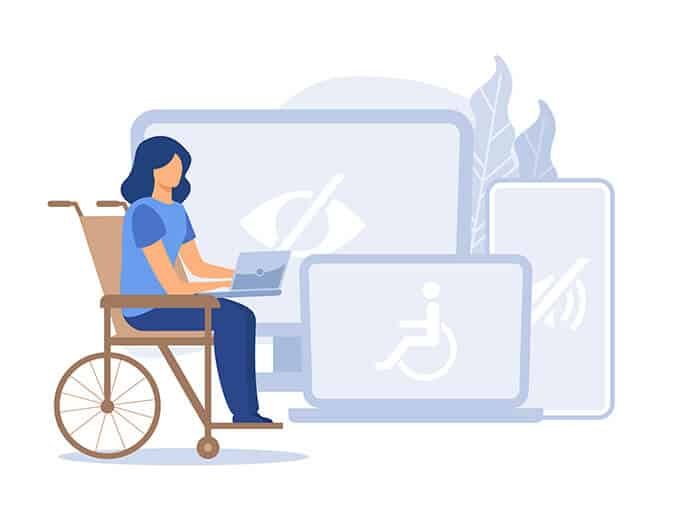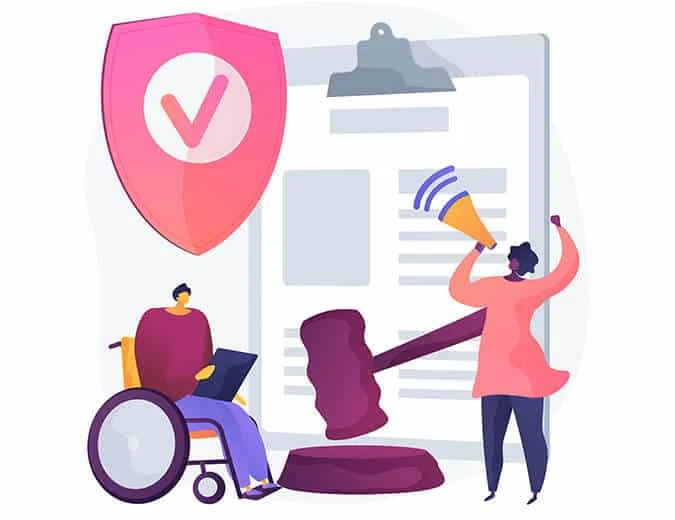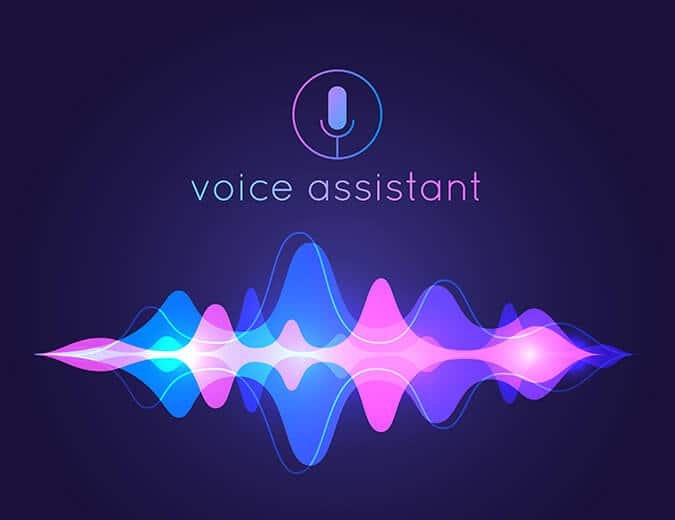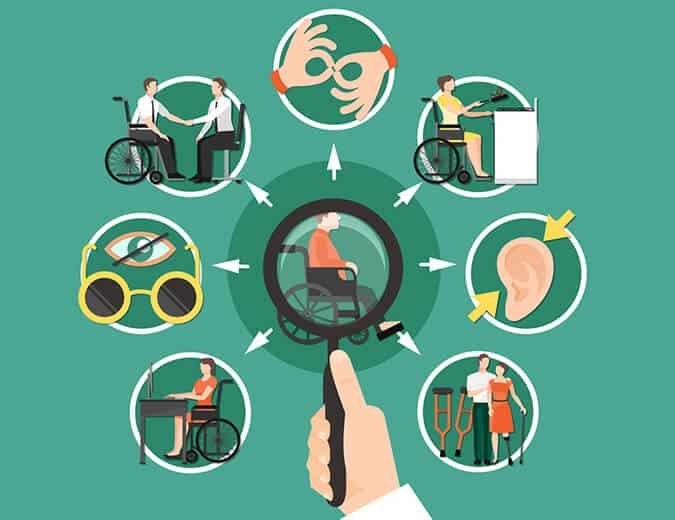How to Get Started With Accessible Web Development
Digital accessibility is becoming more significant than ever as new compliance regulations governing both public and private sector websites are addressed and increasingly imposed on a global scale. “Accessibility” can often be challenging to spell out as there are plenty of misconceptions existing.

This ambiguity often leads to a hazy understanding of what accessibility means for consumers as well as within the web developer’s community. After all, it seems like something to do with government contracts, checklists, and screen readers, right?
So What is Accessibility?
Accessibility involves the practice of ensuring your website is usable by as many people as possible. It majorly talks about “people with disabilities”. Since we take extra steps not to exclude someone from a physical building because they are in a wheelchair, the same practices digitally are applicable for someone unable to access a website just because they have a physical impairment. It also incorporates making sites accessible to benefit other groups as well, such as those using mobile devices, or with slow network connections.
But it doesn’t have to be tough to accomplish. With global guidelines set in place, it is easy to define a clear roadmap to help improve accessibility using minimal effort. This change is done by using what’s built into HTML to create more accessible and robust interfaces and leveraging some advanced techniques for creating polished experiences. In the end, creating interfaces that are more pleasant and easy for all users to use, not just for those with disabilities.
To succeed digitally, it’s clear that brands must take a more committed and educated approach to have accessible websites which opens up some significant markets that otherwise would not be able to use your services or buy your products.
Why Should You Consider Accessibility Now?
A popular guideline that businesses can keep in mind when trying to develop accessible websites is that, if your physical store ensures the legal accessibility requirements for public access, the website version should also do so. Same goes for online-only brands.
Digital accessibility affects the structure of all individual website components. It demands to be a central objective and order that guides the website development process—enabling full integration into website code from the very beginning, rather than being layered on top of existing code structure as an afterthought to avoid legal liability. Simply put, it is not advisable for website accessibility to be built on top of inaccessibility.
Most websites built today exist without good thought given to accessibility considerations with even high profile websites being no exceptions. This manner demonstrates not only a continuing willingness to disregard the genuine threat of accessibility lawsuits and regulations but also points towards the continued failure of apparently modern website development processes and digital strategies that fail to account for all types of web users.
Web Content Accessibility Guidelines
It is impossible to understand where to begin with accessibility without referring to Web Content Accessibility Guidelines (WCAG) 2.0, a set of best practices and guidelines and brought together by accessibility experts to label what “accessibility” means systematically.
WCAG works around four core principles, often going by the acronym “POUR”:
- Perceivable: Can users perceive the content? Keep in mind that since something is evident with one sense, such as sight, that doesn’t mean that all users can perceive it similarly. For example, visually challenged users.
- Operable: Can users use existing UI components and navigate across the content seamlessly? For example, something that entails a hover action cannot be operated by someone who can’t even use a mouse or touch screen.
- Understandable: Can users understand the content? Or perhaps the interface, and is it steady enough to avert any confusion?
- Robust: Is the content consumable by a wide diversity of users/ web browsers? Is there assistive technology available on hand to address these issues?
Legal Complications With Non-accessibility
At present, concrete regulations on internet accessibility only apply to public sector websites in major global markets across the United States and European, each of which renewed their standards in 2018 to follow the WCAG 2.0 criteria.
The Americans with Disabilities Act(ADA) is also actively working towards making accessibility requirements in section 508 standardised for everyone. Google’s Lighthouse tests which are specific to accessibility are prescribed as well.
In India, the government had also directed specific requirements to make online websites accessible for disabled persons under the Rights of Persons with Disabilities Act, 2016 (“Act”) and the Rights of Persons with Disabilities Rules, 2017 (“Rules”) applicable from June 15, 2019, onwards. This regulation applies to all service providers, whether government or private.
Any websites found not adhering to these regulations face the possibility of lawsuits from non–accessible consumers and are subject to heavy penalties as decided by the government.
How Can Accessibility Help Your Website?
Apart from the apparent scare from lawsuits, there are benefits to reap as well, like:
- Accessibility can enhance SEO. Often overlooked, issues specific to SEO are also accessibility issues like missing or poorly worded image alternate attributes, for example. Several accessibility requirements directly improve overall SEO at the code level.
- Accessibility can increase traffic, decrease the bounce rate and ultimately become a catalyst for improving your sales figures. Other acceptable practices that enhance accessibility work to make your site easier to access for mobile phone users or even those on low network speed.
- Dominate your niche! An accessible website provides an opportunity to serve people with disabilities, who are consumers, a community that competitors often overlook.
- Accessibility is essential for anyone who works in web development or digital marketing. Caring about accessibility exhibits good ethics and morals, which promotes your public image.
Conclusion
Managing accessibility on websites necessitates thinking ahead. Brands and tech leaders that are at par with these digital trends and embrace web accessibility as a critical discipline are better positioned to recognise the modern digital landscape and accordingly deliver accessible consumer experiences. Our expert team here at Anblik Web Development Company are best suited to help you create your ADA compliant accessible website. Get in touch with us today!










